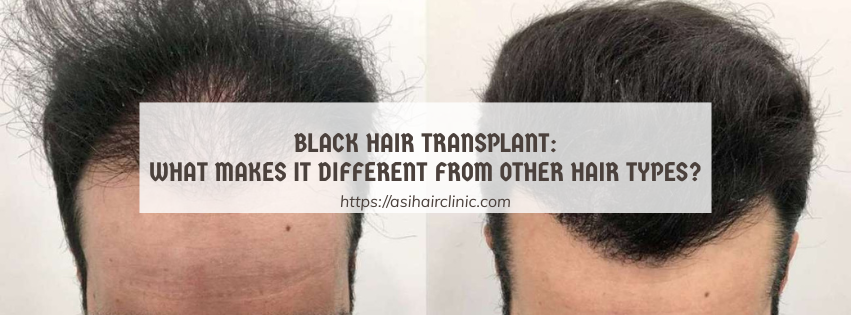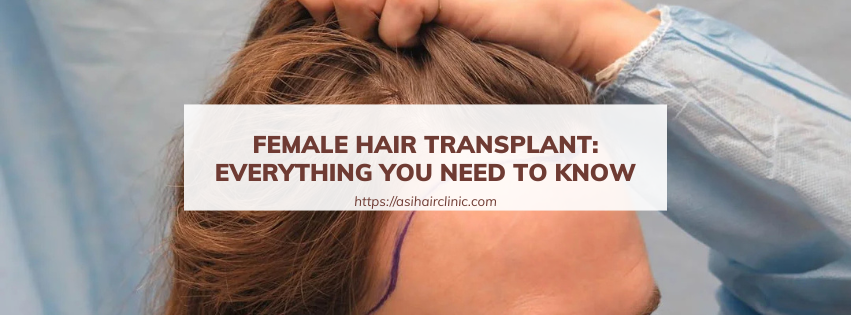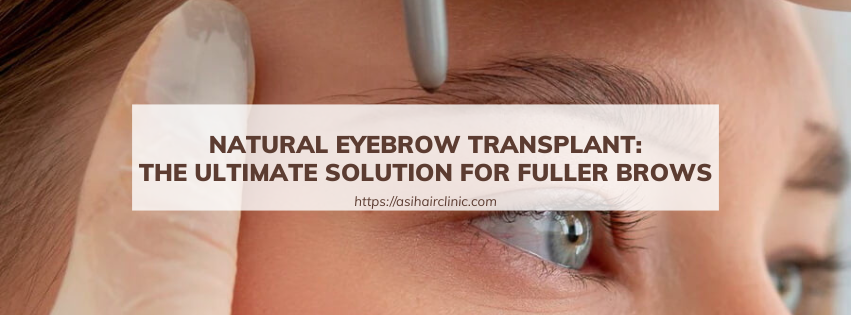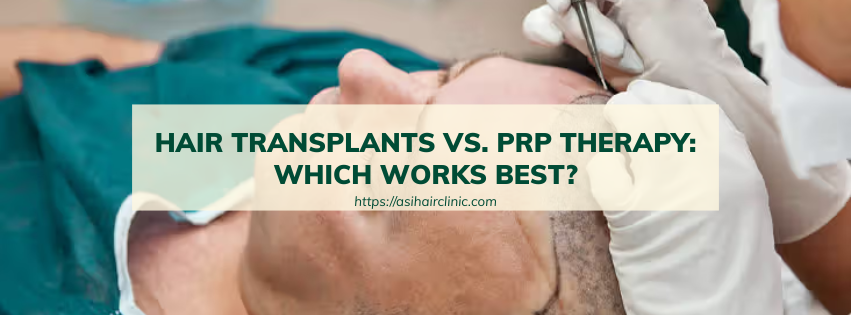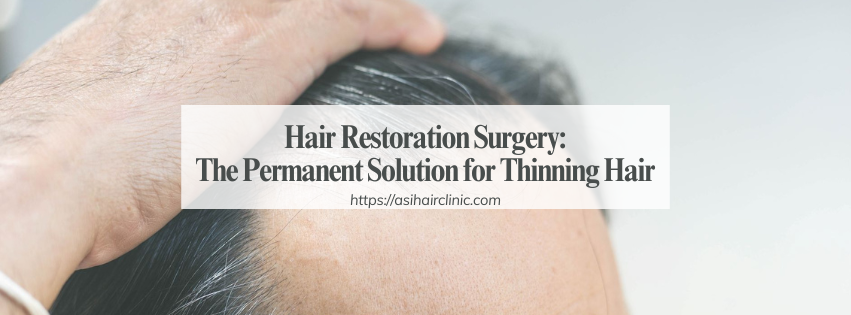Redness After Hair Transplant: All You Need To Know
Undergoing a hair transplant can be an exciting journey for many individuals struggling with hair loss. It's often a game-changer, offering the promise of fuller locks and renewed confidence. However, one aspect that is frequently discussed yet often misunderstood is the redness that may appear on the scalp after the procedure. This article aims to provide you with an in-depth understanding of redness after hair transplant, including its causes, remedies, healing duration, and more.
1. Why do I have redness after my hair transplant?
Experiencing redness after a hair transplant can be quite common. Understanding the reasons behind it is crucial for managing your expectations and devising an effective post-operative care plan.
1.1. The Nature of Hair Transplant Procedures
A hair transplant involves moving hair follicles from denser areas (usually the back of the head) to balding or thinning areas. The process typically entails two main techniques: Follicular Unit Extraction (FUE) and Follicular Unit Transplantation (FUT). Both methods require making small incisions or extracting follicular units, which can lead to localized trauma.
The surgical nature of these techniques means that your skin will experience some level of irritation. As the incision sites heal, it's natural for the body to elicit an inflammatory response, resulting in swelling and redness.
1.2. The Role of Blood Flow
During the healing process, blood flow to the scalp increases as part of the body's natural defense mechanism. Enhanced blood circulation helps deliver essential nutrients and immune cells to the affected area, promoting faster recovery. However, this increased blood flow can also manifest as noticeable redness.
The degree of redness can vary from individual to individual based on several factors, including skin type, overall health, and the extent of the procedure. Some people may find their redness dissipating within days, while others might notice it persists over a longer period.
1.3. Other Contributing Factors
Several additional factors can contribute to the persistence of redness after a hair transplant. For instance, if you have sensitive skin, you might be more prone to prolonged redness. Furthermore, any pre-existing skin conditions like eczema or rosacea can exacerbate the situation.
Hormonal fluctuations and stress levels should not be overlooked either. Stress can impede healing by affecting your immune response, thus prolonging inflammation and redness in the transplanted area. Having realistic expectations based on your unique circumstances can help you navigate this aspect of your recovery.
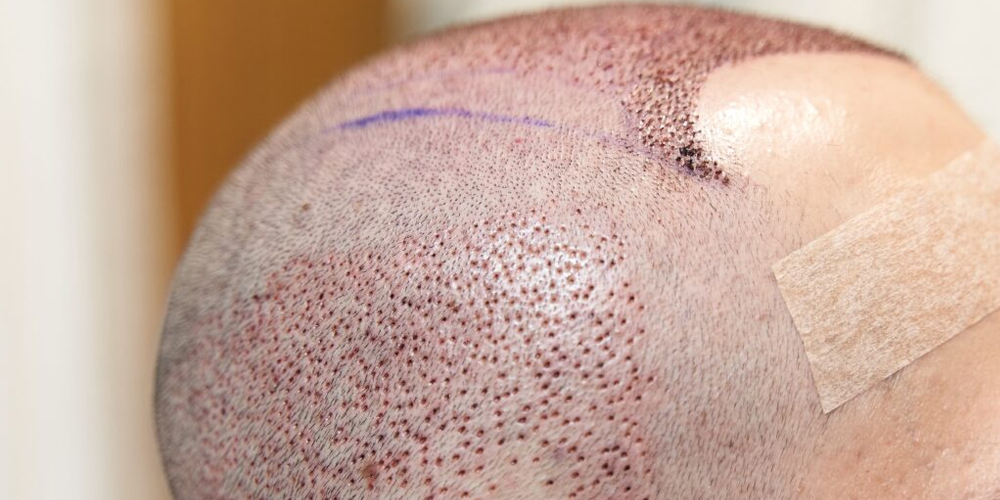
2. What can I do about the redness after hair transplant?
While some degree of redness is expected post-procedure, there are several steps you can take to manage and minimize its appearance effectively.
2.1. Post-Operative Care Guidelines
Following your surgeon's post-operative care instructions is crucial in addressing redness after hair transplant. Typically, surgeons advise patients to avoid touching or scratching the scalp for at least a week following the procedure. This guideline minimizes irritation and allows the scalp to heal more effectively.
Additionally, using recommended topical medications or ointments can soothe the scalp and aid in healing. Many clinics provide specialized products designed to reduce inflammation and promote skin health. Following these guidelines diligently can substantially lessen the intensity of redness.
2.2. Cold Compress and Moisturizers
Applying a cold compress can be beneficial in reducing inflammation and redness post-transplant. The cooling effect constricts blood vessels, thereby minimizing the amount of blood flowing to the irritated area.
Moreover, keeping the scalp moisturized plays a pivotal role in maintaining skin integrity and hydration. Look for gentle, fragrance-free moisturizers to avoid further irritation. Natural oils like coconut oil can also be incorporated into your routine, as they possess anti-inflammatory properties.
2.3. Dietary Adjustments
Nutrition significantly influences your body’s healing capability. Consuming a balanced diet rich in vitamins A, C, E, and zinc can facilitate recovery. Foods high in antioxidants help combat oxidative stress and support skin health, potentially reducing redness.
Incorporating omega-3 fatty acids from sources like fish or flaxseeds can also help due to their anti-inflammatory effects. Staying well-hydrated is equally important; drinking plenty of water assists in flushing out toxins, ensuring optimal skin function during your recovery.
2.4. Consult Your Surgeon
If redness persists beyond the expected timeframe, consulting your hair transplant surgeon is always advisable. They can assess your condition and recommend targeted treatments such as corticosteroid injections or prescription medications to alleviate prolonged inflammation.
Furthermore, they may rule out other underlying issues, such as infections or allergic reactions to post-operative care products. Having open communication with your medical provider is essential for peace of mind and ensures that your recovery remains on track.

3. How long will it take to heal?
The healing process after a hair transplant varies widely among individuals. Understanding the typical timeline can help set realistic expectations for your recovery journey.
3.1. Initial Recovery Phase
In most cases, the first week after the hair transplant is marked by the highest degree of redness and swelling. During this time, the scalp requires ample rest and care. Most individuals report that the intensity of redness begins to decrease significantly after this initial phase, generally around the second week.
At this point, scabs formed during the healing process usually start to fall away, revealing the newly transplanted hair beneath. While some redness may remain, it tends to become less pronounced as the tissue heals.
3.2. Long-Term Healing Process
The longer-term healing process can extend up to several months. By the end of the third month, most people notice that redness has considerably diminished. However, multiple factors can influence this timeline, including genetics, skin type, and overall health conditions.
As the follicles begin to grow and establish themselves, the scalp often undergoes changes in texture and color, which may further impact visible symptoms of redness. Notably, some individuals may find that redness lingers slightly longer, especially those with sensitive skin or underlying skin conditions.
3.3. Monitoring Progress
It’s essential to monitor your healing progress closely. If you notice any sudden changes in the redness-such as increasing intensity or the presence of pus or extreme discomfort-it could indicate complications like infections. In such cases, immediate consultation with your healthcare provider is warranted.
Taking a proactive approach in monitoring your healing can greatly enhance your overall experience, allowing you to enjoy the benefits of your hair transplant without undue anxiety over lingering redness.
Conclusion
Dealing with redness after hair transplant is a common concern for many individuals embarking on this transformative journey. Understanding the causes, effective management strategies, and healing timelines empowers you to navigate the recovery process with confidence.
By following proper post-operative care, employing soothing techniques, and maintaining open communication with your healthcare provider, you can minimize the visible signs of redness and promote a healthier scalp. Remember, healing takes time, and patience is key.
Ultimately, the goal of your hair transplant is not only about restoring lost hair but also about enhancing your overall well-being and self-esteem. Embrace the journey, and most importantly, don’t hesitate to seek support when needed. Your new hair is just around the corner, and the redness will soon become just a memory.
LATEST POSTS

